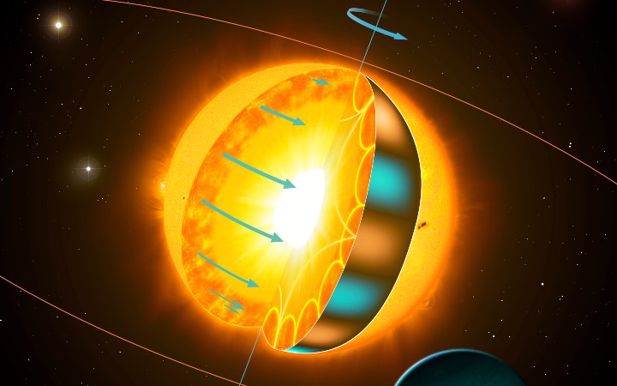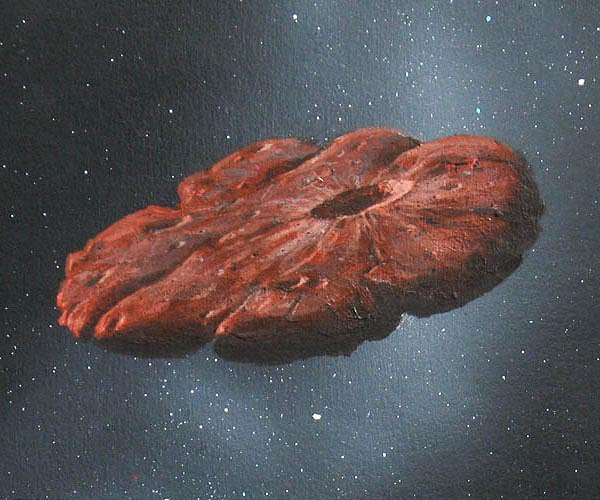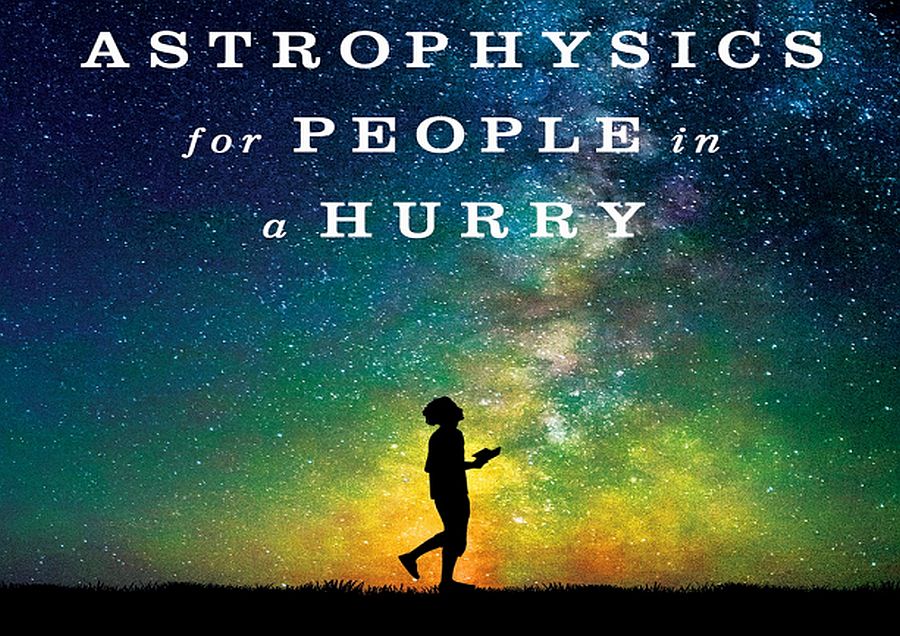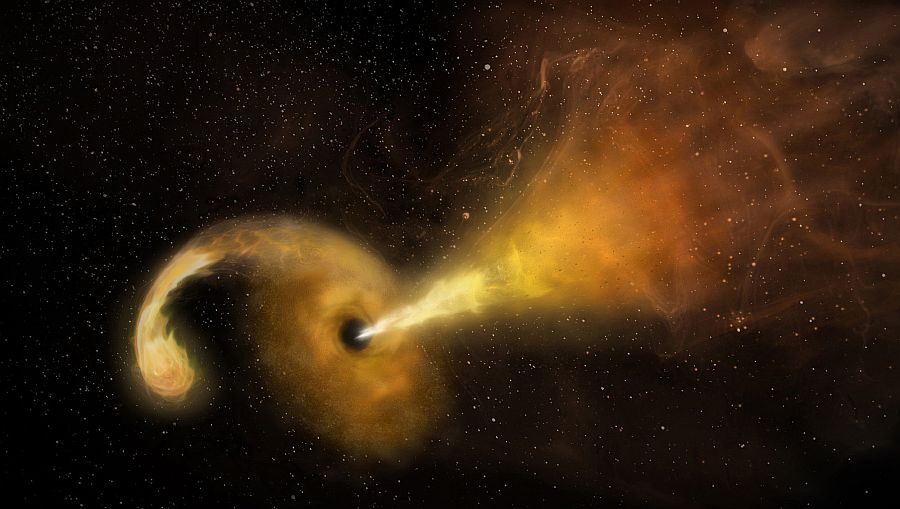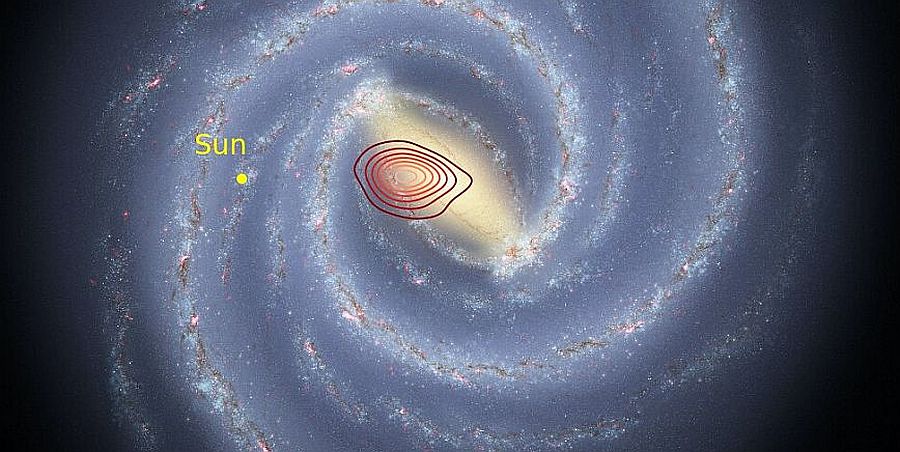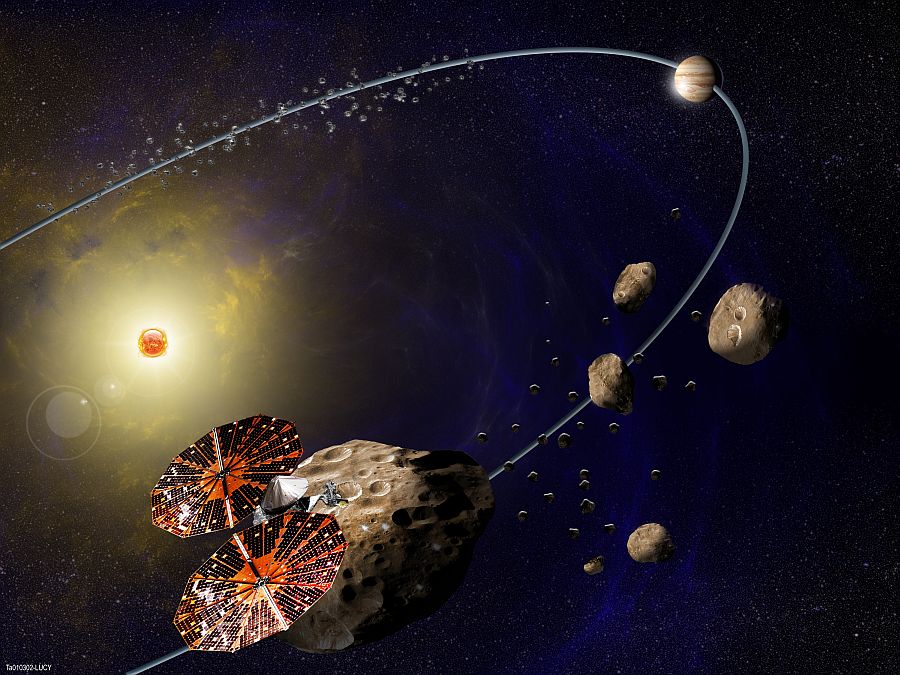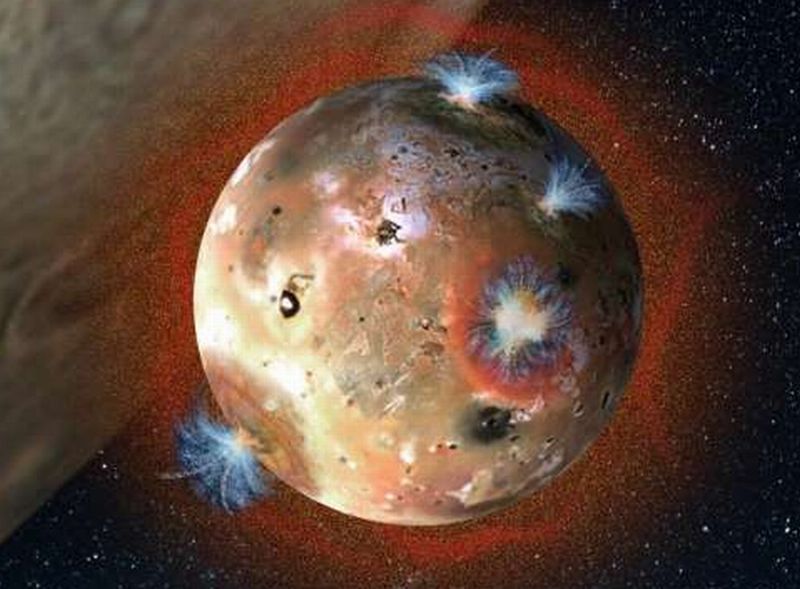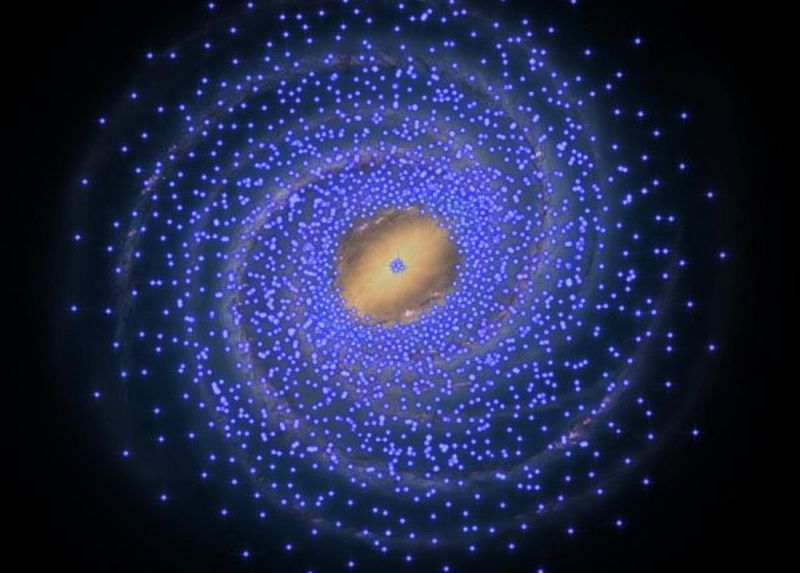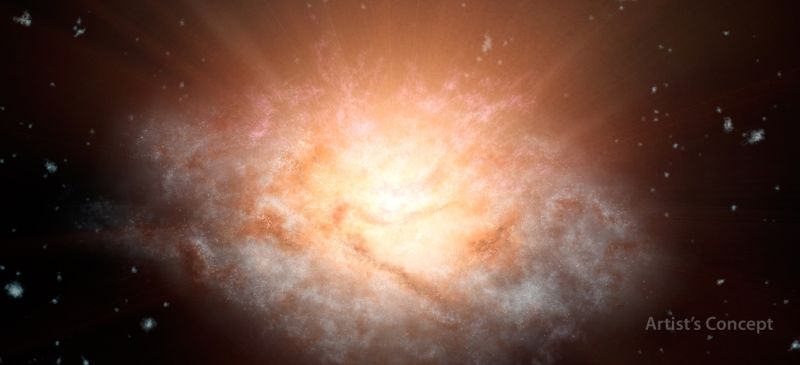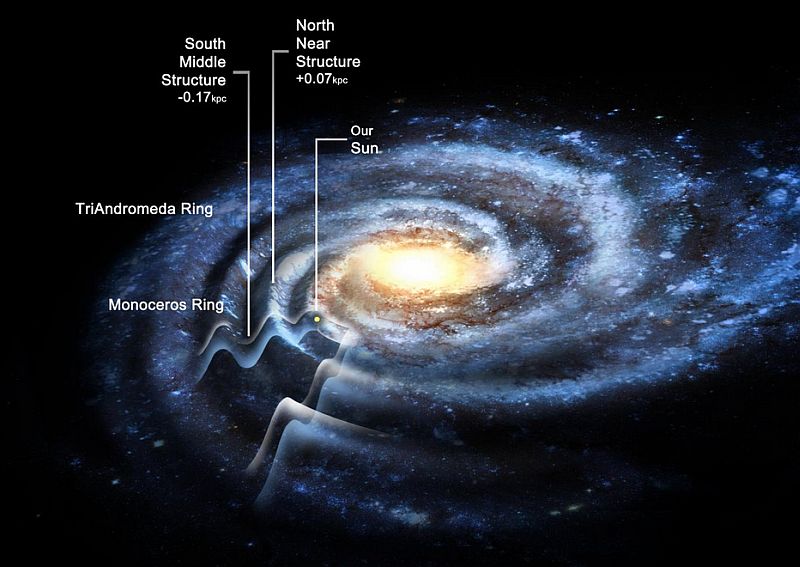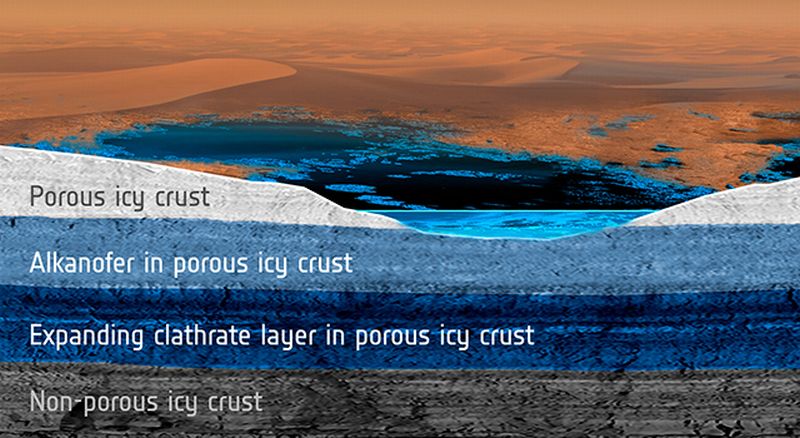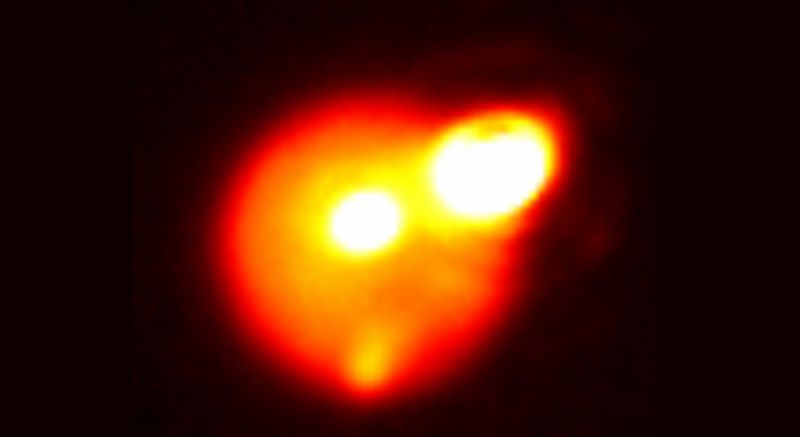The Hidden Reality talks about parallel universes and the deep laws of cosmos by Professor Brian Greene. It has been nominated for the Royal Society Winton Prize for Science Books for 2012.
Read MoreTag: universe
Stars Spin Faster as They Age: Weakened Magnetic Braking
Stars are the building blocks of galaxies. Turbulence, that is, the result of chaotic changes in pressure and velocity deep within the dust clouds gives rise to some mass. This “mass” results in stellar gravity due to which, the peripheral dust and gas start to disintegrate under its own gravitational attraction. And hence, star formation takes place.
Read MoreOumuamua was Scrapped from a Pluto-like Planet: Messenger from Afar
Oumuamua was name given to the mysterious interstellar object that passed through our solar system in 2017. What’s special about this object was, it happened to be the first that had come from ‘outside’ our solar system.
Read MoreBook Review: Until the End of Time by Brian Greene
This is one of the best books on Existentialism. Brian Greene, a professor of physics and mathematics at Columbia University, postulates a reductionist view that after all, we beings of planet Earth are nothing more than a “bag of particles”.
Read MoreBook Review: Astrophysics for People in a Hurry by Neil deGrasse Tyson
Although title of the book says Astrophysics for People in a Hurry but believe me the book has more depth than the label interprets. Neil deGrasse Tyson is an epitome of masterly skill at explaining complex scientific concepts into the most elementary and comprehensible manner. He makes astrophysics so interesting that even a person who has no inclination towards the subject will surely gravitate towards the space and evolutionary history after listening to his talks. His enthusiasm is contagious indeed.
Read MoreTidal Disruption causes Dark Matter to Evaporate: Intra Galactic Interactions
Dark matter is one of the key ingredients in the understanding of evolution and in the formation of galaxies. Majority of scientists are of the view that dark matter consists of weakly interacting massive particles (WIMP). It is because of their weak interactions with matter that we see around, it becomes extremely difficult to detect.
Read MoreNew Fossil Galaxy Within the Milky Way: Galactic Evolution
Data from the Sloan Digital Sky Surveys’ Apache Point Observatory Galactic Evolution Experiment (APOGEE) has hinted at the presence of possible “fossil galaxy” within the core of our Milky Way.
Read MoreMission Lucy: First To Explore Jupiter’s Trojan Asteroids
COVID-19 coronavirus pandemic has forced the world to halt all its processes. Be it huge corporations or small budget enterprises, everything has come to a standstill.
Read MoreIo’s Atmosphere Is Daily Collapsing And Repairing: The Jupiter System
Documenting atmospheric changes in eclipse on Io, the innermost of the four Galilean moons of the planet Jupiter, has always been a challenging job. The darkness caused by planet’s shadow makes it impossible to observe atmosphere on its moon.
Read MoreCenter of Our Galaxy is Devoid of Stellar Populations: Cepheid Desert
Recent research lead by Prof Noriyuki Matsunaga and his team of astronomers at the University of Tokyo suggest that our understanding of Milky Way Galaxy is still not complete. The team discovered that major portion of the region surrounding the center of our Galaxy is devoid of young stars, a study that contradicts the conventional thinking. In an interview covered by Universe Today, Dr. Andrea Ghez, a professor of physics and astronomy at UCLA, said the probability of formation of young stars at the center of the galaxy is high.…
Read MoreNASA’s WISE Spacecraft surfaces most lustrous Galaxy in Universe: Space Evolution
NASA’s WISE has surfaced a far-flung galaxy, which is supposed to be shining intensely with infrared light with an intensity of nearly 300 trillion suns. The extremely luminous infrared galaxy (ELIRGs) is one of the most luminous galaxies to be discovered till date. Space evolution Chao-Wei Tsai at NASA’s JPL claimed that they have been witnessing an enormous stage of evolution taking place across galaxy. They are assuming that the source of the intense light could be from the growing spout of the galaxy’s black hole. According to Professor Andrew…
Read MoreRipples and not Rings in the Disk of the Milky Way: Galaxy’s Structure
As per the latest astronomical research, the galactic disk is molded into many concentric ripples, which makes our Milk Way more than 50% larger than currently estimated. According to the study led by Professor Heidi Jo Newberg at Rensselaer Polytechnic Institute, there exists a circle of stars which is protruding towards to the outside of the Milky Way. The conclusion has been drawn by re-visiting the data that was gathered from the Sloan Digital Sky Survey three years ago.
Read MoreHelena device can create Oxygen on Red Planet: Global Contest for Mars One’s First Unmanned Lander
Mars One, the controversial project that plans to create a permanent human settlement on the Red Planet has organized a competition called the Mars One University Competition. The competition has invited designers to prepare technology that can supply Mars citizens with breathable air. The victorious payload will have the opportunity to travel to Mars One initial unmanned lander mission that is scheduled to land on Mars in 2018. This mission will in turn prepare the way for the future colonists planning to reach Mars in 2025. A student team from…
Read MoreInterplay between Subsurface Liquid and Clathrates Reservoirs on Titan: Methane Rainfall
Information gathered by NASA in collaboration with European Space Agency Cassini mission has surfaced presence of numerous lakes across the northern polar area of Titan. Instead of consisting of water, these seas are composed of hydrocarbons, the organic compounds that are also present on Earth. As per the previous studies, the rainfall from the surface clouds brings about major amount of liquid on Saturn’s moon. However, the cycle of liquid moving through the moon’s crust and the atmosphere is still under consideration.
Read MoreHellacious Lava Fountains on Jupiter’s Moon Io: Curtains of Fire
Within a two-week period Io, Jupiter’s moon, experienced two massive outbursts in August 2013. Astronomers speculated that these volcanic eruptions could be regular phenomenon that can spew materials in huge quantities above the surface. If we talk about ratio, it could be somewhere from one huge outburst per one or two years but Io suggested more than this. Io is the innermost moon out of the planet’s four large Galilean moons. It is more than 3,600 km across. It is the only space body that is known so far, by…
Read More

